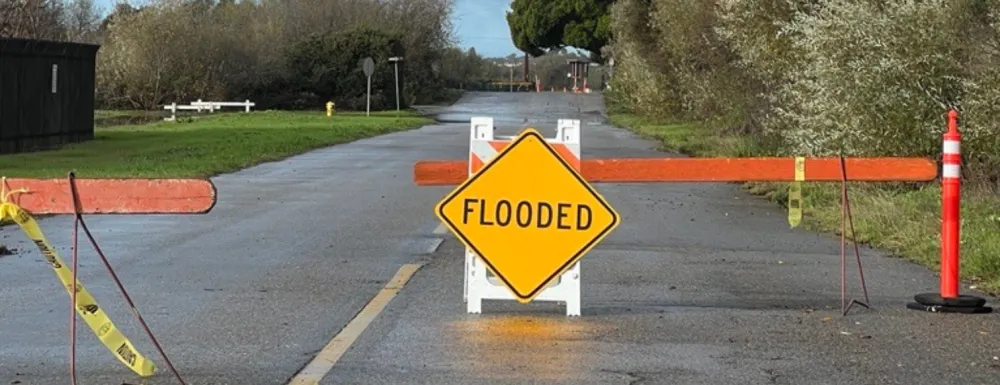11336
11290
Image

Title
Adaptation and Resilience
Body
The City of Santa Barbara is vulnerable to many climate change impacts, including sea level rise, changes in rainfall patterns, increased groundwater levels, extreme heat, drought, and exacerbated wildfire danger. In response to these hazards, the City is analyzing risks and working to improve climate resilience.
Sections
